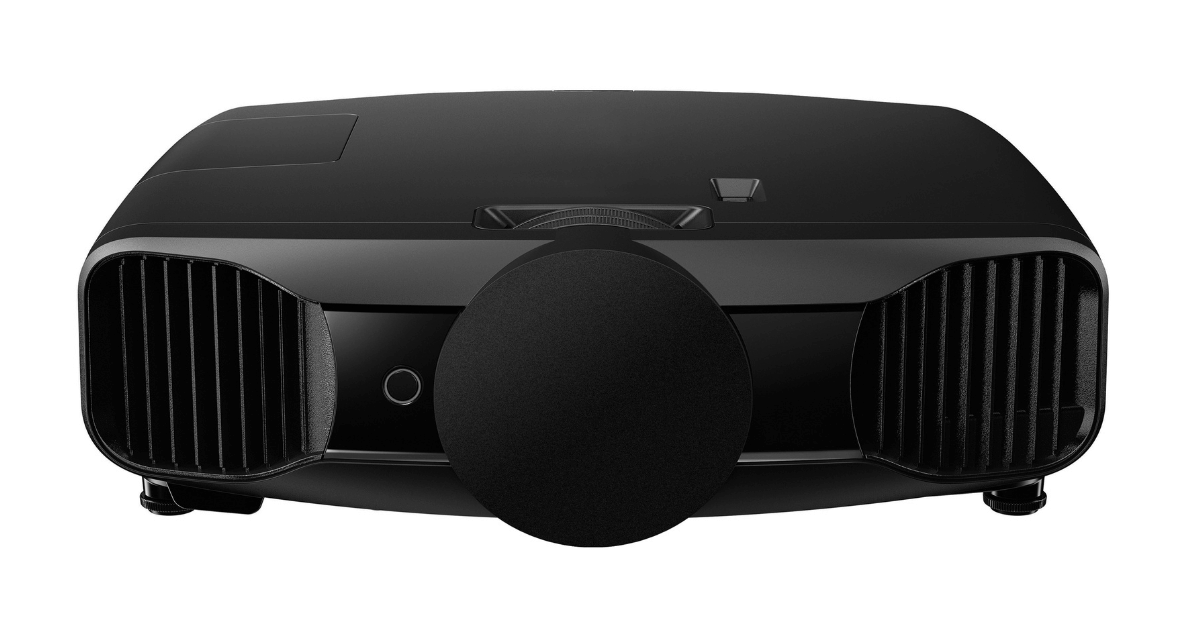When it comes to creating an immersive home theater experience, choosing the right projector screen is just as important as selecting the perfect projector. A high-quality screen can enhance the visual quality of your movies, games, and presentations, while a poorly chosen screen can detract from the overall experience. With so many options available on the market, it can be overwhelming to determine which projector screen is best for your needs. In this guide, we’ll cover the key factors you should consider when selecting a projector screen, including screen size, aspect ratio, material, and installation options. Whether you’re looking to build a home theater, upgrade your office presentation equipment, or create a portable setup for outdoor movie nights, we’ve got you covered.
Table of Contents
How to Choose a Projector Screen
Choosing the right projector screen is crucial to creating an immersive visual experience for movies, gaming, presentations, and more. There are a wide variety of projector screens available on the market, each with its own set of features and benefits. In this guide, we’ll take you through the key factors to consider when selecting a projector screen, from screen size and aspect ratio to material and installation options.
Screen Size:
The first and most important factor to consider when selecting a projector screen is screen size. The screen size you choose will depend on the size of your room and the distance between the projector and the screen. A larger screen size can create a more immersive experience, but it’s important to ensure that you have enough space to accommodate it.
Aspect Ratio:
Aspect ratio is another crucial factor to consider when selecting a projector screen. The aspect ratio refers to the width-to-height ratio of the screen. The most common aspect ratio for home theater screens is 16:9, which is the same as most HDTVs. However, if you’re using your projector for business presentations, a 4:3 aspect ratio may be more appropriate.
Material:
The material of the projector screen can also affect the visual quality of your projections. There are two main types of screen materials: white and grey. White screens are the most common and offer the best color accuracy and brightness. Grey screens are designed to improve contrast and black levels in darker environments.
Installation Options:
Finally, you’ll need to consider the installation options for your projector screen. There are two main types of installation: wall-mounted and portable. Wall-mounted screens are the most common and offer a permanent, fixed installation. Portable screens are designed for easy setup and takedown, making them ideal for outdoor movie nights and other on-the-go events.
Why Use a Screen Instead of The Wall?
When setting up a home theater or presentation space with a projector, one common question that arises is whether to use a projector screen or just project onto a blank wall. While using a wall as a makeshift screen may seem like a simple and cost-effective solution, there are several reasons why using a dedicated screen is a better choice.
Better Image Quality:
A dedicated projector screen is specifically designed to reflect light and produce a high-quality image, resulting in better color accuracy, contrast, and brightness compared to projecting onto a wall. A screen will also provide a more uniform surface, reducing the likelihood of hot spots or shadows that can appear when projecting onto textured or uneven walls.
More Flexible Placement:
Using a projector screen allows for greater flexibility in projector placement. With a dedicated screen, the projector can be placed at any distance or angle, whereas projecting onto a wall may limit placement options due to room size, furniture placement, or other obstructions.
Better Viewing Experience:
A projector screen is designed to enhance the viewing experience, providing a larger and more immersive image compared to a wall. Additionally, a screen can be adjusted to the correct aspect ratio, ensuring that the image fills the screen without distortion.
Aesthetically Pleasing:
Using a projector screen can also be more aesthetically pleasing compared to projecting onto a blank wall. Screens are available in a variety of styles and finishes, allowing them to blend in seamlessly with the room decor.
Overall, while projecting onto a wall may seem like an easy and cost-effective solution, using a dedicated projector screen will result in a better image quality, greater flexibility in placement, a more immersive viewing experience, and a more aesthetically pleasing setup.
Conclusion
In conclusion, while it may be tempting to use a blank wall as a makeshift projector screen, the benefits of using a dedicated projector screen make it a better choice. A screen is specifically designed to reflect light and produce a high-quality image, resulting in better color accuracy, contrast, and brightness. Additionally, using a projector screen provides greater flexibility in placement, a more immersive viewing experience, and a more aesthetically pleasing setup. So, if you’re looking to set up a home theater or presentation space with a projector, investing in a high-quality projector screen is definitely worth considering.

